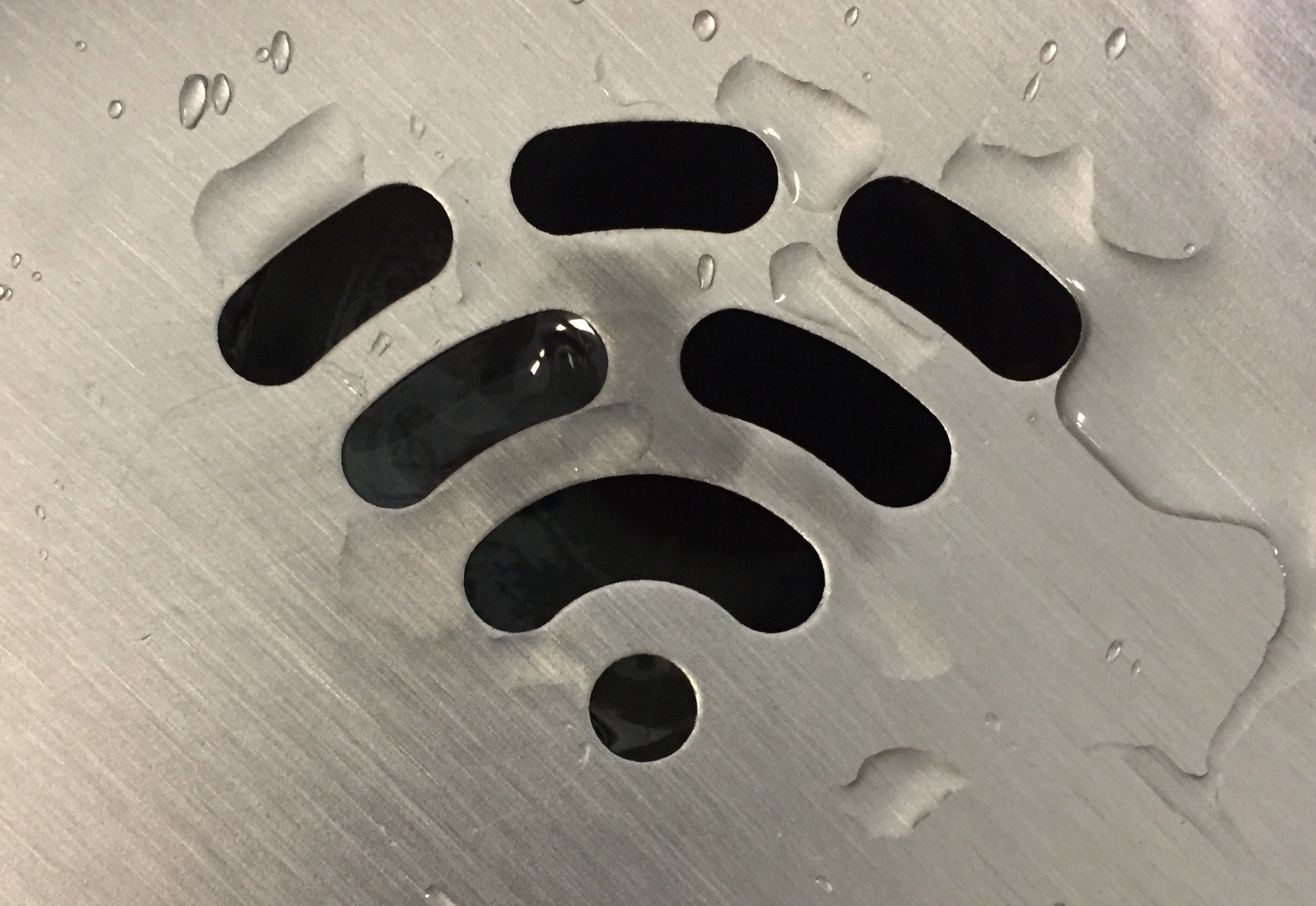Wi-Fi is a cornerstone of the world’s connectivity and data needs
Wi-Fi is an essential technology for billions of people across the world, playing a vital part in citizens’ lives at home, at work and at leisure. Today, it is rare to find a digital device that does not rely heavily on a WiFi connection, and Wi-Fi effectively provides all connectivity in many homes, linking devices such as smartphones, tablets, laptops and TVs to a dedicated broadband service.
Businesses rely on Wi-Fi to provide flexibility in office configuration, connectivity to meeting rooms and campus wide Internet access. The reality of our connected lives means that when we are at leisure or travelling, we also demand significant connectivity, and Wi-Fi is normally the best and most economical way to easily deliver this.
Globally, the economic value of Wi-Fi in 2018 has been calculated at USD 1.96 trillion and this had been forecast to rise to nearly USD 3.5 trillion by 2023. Due to the COVID-19 pandemic, this value, and the advantages it brings, has significantly increased. Wi-Fi-enabled connectivity is under the current circumstances a precondition for a functioning society.
COVID-19 is generating huge amounts of extra traffic, most of it carried on Wi-Fi
The spread of the SARS-Cov-2 virus that causes COVID-19 has radically altered the way people live across the world. To varying degrees, countries have necessarily imposed restrictions on their citizens, limiting non-essential travel and requiring them to stay in their homes. These full or partial “lockdown” or “quarantine” measures are now affecting 2.7 billion workers – around 81% of the global workforce according to the International Labor Organization (ILO). Furthermore, the United Nations Educational, Scientific and Cultural Organization (UNESCO) estimates that 1.5 billion students and youth across the planet are affected by school and university closures.
Populations are having to stay at home and are demanding and supplying online services using Wi-Fi.
- Remote working for some businesses has become normal, enabled by increased use of video conferencing and cloud-based remote offices.
- With schools closed, children take their lessons or learn online.
- Healthcare services are shifting online to minimise physical contact between healthcare professionals and patients and between patients, with increased use of video consultations and telehealth services.
- Freedom-of-movement restrictions limit options for entertainment and social interaction, which are being replaced with more video streaming services and other diversions such as video conferencing as a way to engage with family and friends without physical contact.
Many sources report significant increases in Internet traffic, with estimates suggesting it is equivalent to a year’s traffic growth happening in just a few weeks. This huge traffic increase is driven by people who are confined to their homes and who largely use Wi-Fi to connect to the Internet.
More spectrum for Wi-Fi was needed before COVID-19
Wi-Fi throughput is currently delivered over just two bands (at 2.4 GHz and 5 GHz) that are shared with everything from baby monitors to Bluetooth devices. Additional spectrum for Wi-Fi was already necessary before COVID-19 and the current health crisis has only underlined how vital and pressing this need is. In the future, Wi-Fi will play an even bigger role in offloading mobile traffic than it does today with 70% of 5G mobile traffic expected to be offloaded onto Wi-Fi5 compared with 60% in the 4G era.
More spectrum will be needed to meet this demand and the increasing throughput necessary for countries to take advantage of applications such as augmented and virtual reality (AR and VR), which will be central to expediting many healthcare solutions, to on-line business and to citizen welfare. The COVID-19 conjunction of increased traffic and increased reliance on already saturated current Wi-Fi networks creates risks to the world’s connectivity and economic activity.
The 6 GHz band (5.925-7.125 GHz) can relieve this pressure on Wi-Fi performance. By allocating this block of frequencies for unlicensed Wi-Fi use, bottlenecks can be removed, data rates can increase, and significant additional economic benefit unlocked. In the United States alone, the total economic value of allocating this spectrum for Wi-Fi over the next 5 years is estimated at USD 83.06 billion in GDP. All governments should tackle the challenge of broadband scarcity so that their economies and government services remain operational and competitive.
The FCC 6GHz decision lays a path to a Wi-Fi enabled future
Governments seeking to leverage technology for growth are beginning to take action to make more spectrum available for Wi-Fi. The United States Federal Communications Commission (FCC) decided unanimously in April 2020 to allow access to the 6GHz band for unlicensed use including Wi-Fi, with chairman Pai explicitly mentioning COVID-19 as one justification for the decision. The FCC made clear that the U.S. should not miss out on the economic opportunity linked to Wi-Fi at 6 GHz.
The rules adopted by the FCC were carefully crafted to ensure that incumbent services can continue to thrive while new unlicensed applications such as Wi-Fi at 6 GHz coexist harmoniously with them. The FCC decision will trigger the availability of many Wi-Fi components, devices and applications at 6GHz. Other countries can benefit from this ecosystem to secure rapid availability of price competitive equipment. This means that all citizens can rapidly enjoy the best Wi-Fi experience now, under lockdown, but also improve connectivity, in the long term.
Governments can significantly boost connectivity by making available spectrum in the 6 GHz band for unlicensed use. This is a unique opportunity not only to recover from the COVID-19 crisis, but also to prepare the future by boosting economic growth and enabling citizens to transition to a more digital, better connected society.






